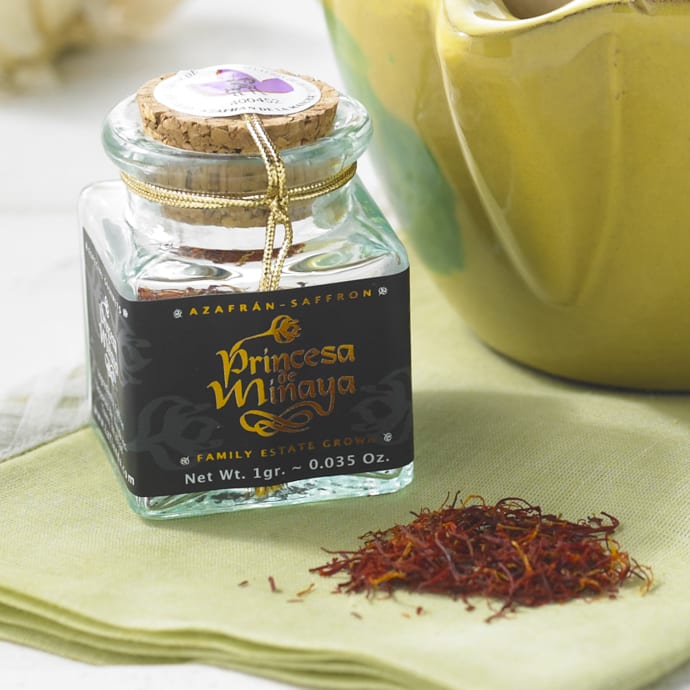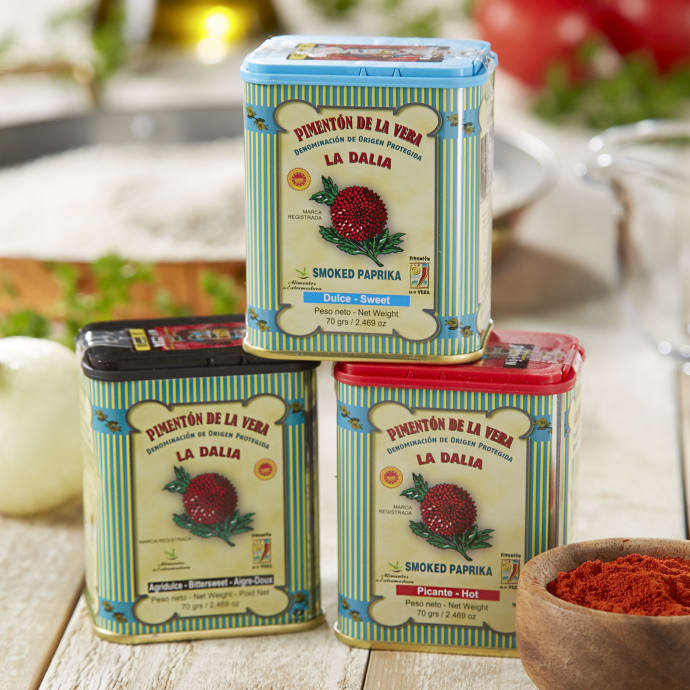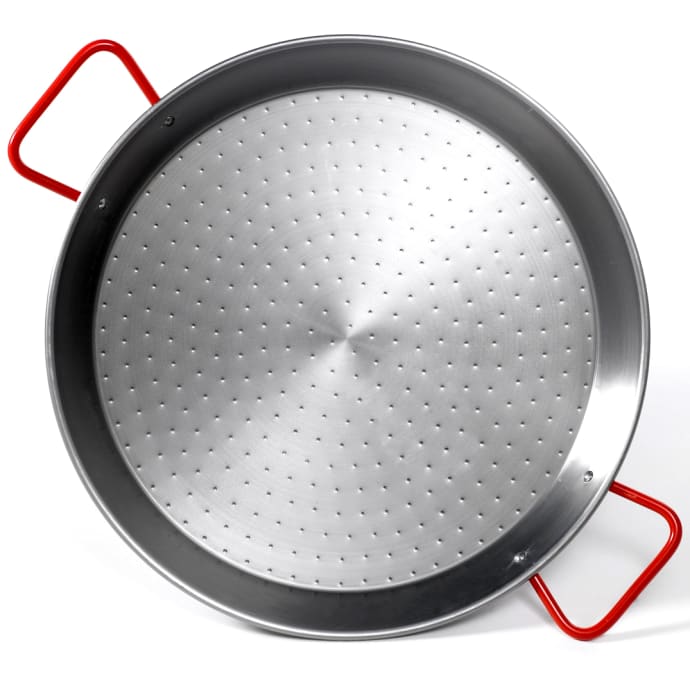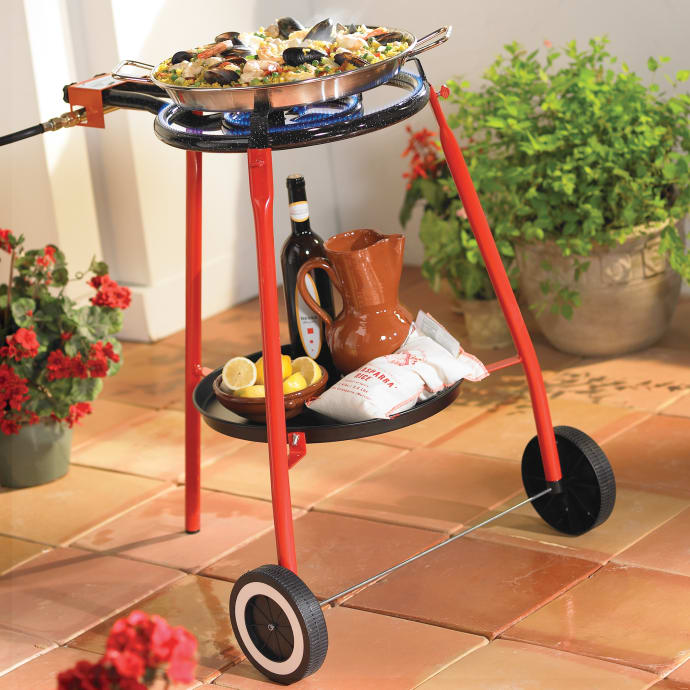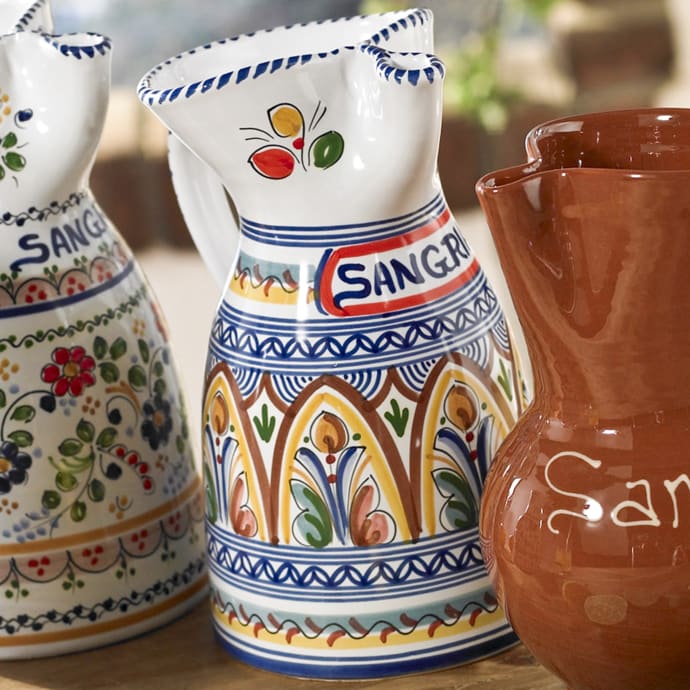Give summer a singular send-off with paella
By Marty Meitus, Rocky Mountain News
If your end-of-the-summer blowout tends to be the same ol' same-ol', borrow a theme from the recent Food & Wine Classic in Aspen:
Throw a Spanish patio party.
Not only did guests enjoy an array of tapas and Spanish wines at the home of Spanish chef-restaurateur José Andrés, but they attended a seminar on paella, the one-dish meal that's perfect for a crowd.
The dish is named for the shallow, round, two-handled paella pan and combines saffron, rice, stock, chicken and other ingredients, limited only by the cook's imagination.
"Will everyone be making paella in 10 to 15 years across America?" Andrés asked at the seminar, then offered his own answer: "Yes."
To complement the dish, look no further than the Spanish sangria. The fruity mixture, once a way to look hip - and use up leftover red wine - has become a vaunted drink of its own, combining a mixture of fruits, such as apples, peaches, lemons and limes, with red or even white wine. Sitting center-stage at a cocktail seminar in Aspen given by Fine Living Network's Tony Abou-Ganim, a pretty pitcher of sangria couldn't have looked more inviting.
Although making paella is relatively simple, Spanish cooks such as José Andrés talk a lot about understanding the essence of paella, which means understanding the core ingredients and cooking techniques:
• Rice: "Everything in paella is about the rice," Andrés said. "The rice is like a sponge that absorbs every single flavor." In some regions, the rice is added to the pan first, before adding hot stock (like making risotto); in other regions, the stock is added first, then the rice.
Rices from Spain - such as Bomba or Calasparra, available at Web sites including tienda.com - are bred for paella to absorb more liquid. If you can't find Spanish paella rice, use a medium-grain rice.
• The stock: Whether you use chicken, fish or lobster stock, it adds another dimension of flavor. Andrés even suggested a quick mussel stock: Put mussels in a hot pan with olive oil and add 1 1/2 cups of water. When the mussels have cooked, remove with a slotted spoon and use the stock. The mussels can be eaten as part of the paella.
• Sofrito: The flavor base of many Spanish dishes, sofrito can be as simple as a mixture of tomatoes, onions and peppers or as complex as sofrito de sepia, made of cuttlefish (similar to squid) and squid ink.
Andrés makes his tomato-and-onion sofrito by caramelizing the onions with a little sugar in a saucepan (see recipe 11).
• The pan: Because the paella pan is flat, you end up with a layer of rice a couple of inches thick, rather than a saucepan filled with rice. If you don't have a paella pan, you'll want to prepare the recipe in conventional pans but serve it in a flat dish in which you can spread the rice so that it doesn't look like a jumbled casserole.
• The technique: Andrés prepares the sofrito first, then browns the meat, seafood or vegetables, adding the stock and then the rice.



 BEST SELLER
BEST SELLER





